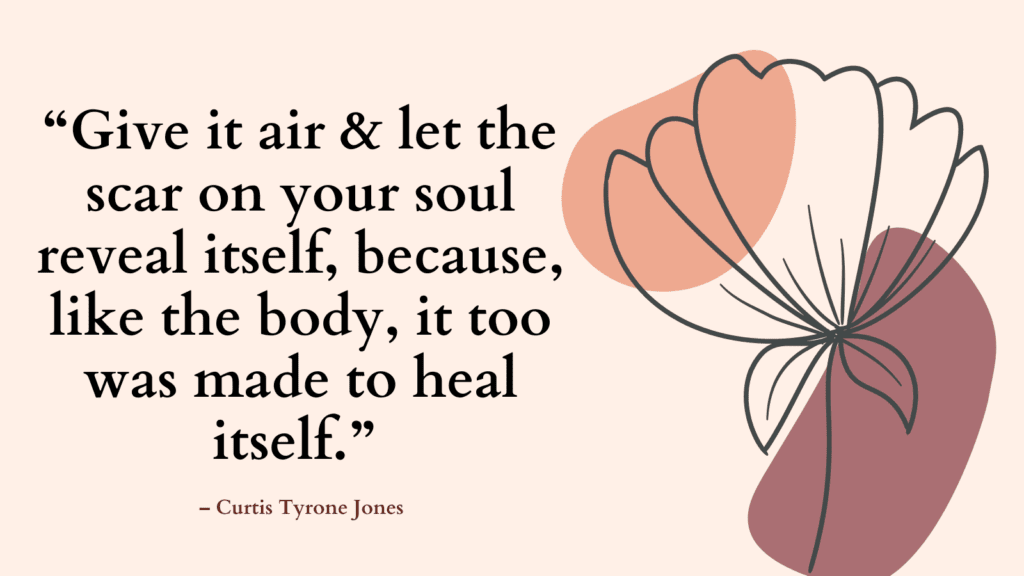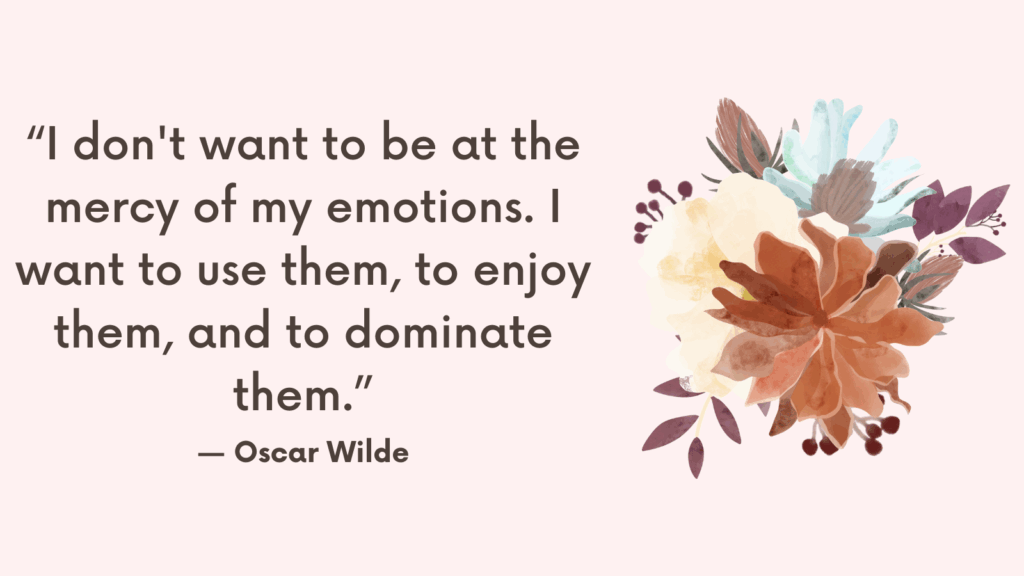In this post, you’re going to learn how to stop catastrophizing.
What is Catastrophizing?
Catastrophizing is a cognitive distortion that involves viewing current or potential future situations as far worse than they actually are, often seeing them as catastrophic or disastrous without substantial evidence to support such dire predictions.
This tendency can significantly distort one’s perception of reality, leading to overwhelming feelings of anxiety and despair.
An illustrative example of this is the story of a man who experiences a flat tire on a dark, secluded road.
As he prepares to change the tire, he realizes he lacks the necessary tools, and his phone has no service.
Instead of assessing his options calmly, he begins to catastrophize: envisioning hostile encounters with a nearby farmer from whom he considers seeking help, fearing aggression, and even robbery, all stemming from his initial predicament of a simple flat tire.
This story vividly demonstrates how catastrophizing can escalate everyday scenarios into overwhelming crises in our minds.
The negative outcomes of catastrophizing are far-reaching, including increased anxiety and depression, as individuals caught in this pattern often feel powerless and hopeless.
Moreover, catastrophizing can lead to missed opportunities for solving problems effectively because it traps individuals in a cycle of fear and avoidance, preventing them from taking constructive action.
By envisioning the worst-case scenario without considering more likely, less dire outcomes, people deprive themselves of the chance to address their situations proactively and resiliently, potentially exacerbating their stress and diminishing their quality of life.
Related: What Causes Cognitive Distortions? (+Top 10 Common Cognitive Distortions & How To Challenge Them)
The Dysfunctional Role of Catastrophizing
Catastrophizing plays a dysfunctional role in how individuals cope with risk and uncertainty, often serving as a maladaptive strategy to avoid confronting these uncomfortable feelings directly.
By imagining the worst possible outcomes, individuals may believe they are cushioning themselves against potential disappointment or harm, providing a false sense of short-term comfort.
However, this approach comes at a high cost to long-term happiness and success, as it limits personal growth and the pursuit of goals by fostering a mindset of avoidance and fear.
Moreover, catastrophizing misuses fear as a form of motivation, operating under the misguided belief that by anticipating the worst, one can be better prepared to face challenges.
Unfortunately, this strategy backfires, leading to increased anxiety and depression over time.
The constant focus on negative outcomes heightens stress and fear responses, making individuals more prone to anxiety disorders and depressive states.
Instead of motivating positive action, catastrophizing traps individuals in a cycle of negativity and inaction, significantly impairing their ability to engage with life’s opportunities and challenges in a healthy and constructive manner.
Related: 15 Cognitive Distortions (and How to Challenge Them)
How To Stop Catastrophizing?
1. Prioritize Rest
The foundation of a resilient mind is often found in the quality of our rest.
A good night’s sleep acts like an emotional reset button, reducing the intensity of our reactions to perceived threats and challenges.
By ensuring we’re well-rested, we enhance our mental resilience, making us less likely to interpret situations as catastrophic.
Establishing a calming pre-sleep routine and prioritizing 7-9 hours of sleep can significantly mitigate the tendency to catastrophize, grounding us in a more balanced perspective.
2. Accept Uncertainty
The fear of the unknown can be paralyzing, but acceptance of uncertainty is a liberating counterforce.
Recognizing that life is inherently uncertain and that anxiety is a natural, manageable response to risk-taking can significantly reduce catastrophizing.
This doesn’t mean becoming passive; rather, it’s about embracing uncertainty with courage, understanding that it’s a normal part of pursuing a meaningful, wholehearted life.
Practicing mindfulness can be a helpful way to stay present and reduce worries about the future.
Related: +20 Overgeneralization Examples & How to Avoid It
3. Motivate with Positive Goals
Shifting our motivation from fear-based to positive goals creates a powerful antidote to catastrophizing.
Instead of being driven by a fear of what we don’t want to happen, we can focus on what we aspire to achieve.
Aligning our actions with our values and aspirations not only provides clear direction but also imbues our efforts with meaning, making challenges feel more like stepping stones than insurmountable obstacles.
Setting small, achievable goals can help maintain momentum and reinforce a sense of progress.
CBT Approach to Ending Catastrophizing
Cognitive Behavioral Therapy (CBT) offers a structured method to tackle catastrophizing head-on:
– Notice: Become aware of when you’re catastrophizing. Identify the specific thoughts and situations that trigger this pattern.
– Challenge: Question the validity of these catastrophic thoughts. Ask yourself how likely the feared outcome is and what evidence supports or contradicts your fear.
– Replace: Substitute catastrophizing thoughts with more balanced, rational ones. Focus on potential positive outcomes or ways to cope with challenges effectively.
– Learn: View mistakes and setbacks as opportunities for learning and growth rather than disasters.
This process isn’t about denying difficulties but rather about approaching them with a healthier mindset that opens the door to solutions rather than closing it with fear.
Related: How To Do Thought Work In 3 Simple Steps
Additional Strategies to Consider
– Mindfulness Practice: Engaging in mindfulness can help detach from negative thought spirals, bringing your focus back to the present moment.
– Seek Support: Sometimes, sharing your worries with a trusted friend, family member, or therapist can provide new perspectives and reduce the burden of catastrophic thinking.
– Gratitude Journaling: Regularly noting down things you’re grateful for can shift focus from potential disasters to the positives in your life, counteracting the bias towards negativity.
Related: How to Stop “What If” Anxiety Thinking?

Conclusion
Catastrophizing can feel like a thunderstorm inside your mind, where every cloud is a harbinger of doom.
It’s a cognitive distortion that not only clouds our judgment but can drench us in anxiety, preventing us from seeing the clear skies beyond.
However, like any storm, catastrophizing can be weathered—and even stopped—by adopting strategic approaches that allow us to regain control and move towards a brighter horizon.
With the right strategies, you can break free from its hold, making way for clearer skies and brighter days ahead.



